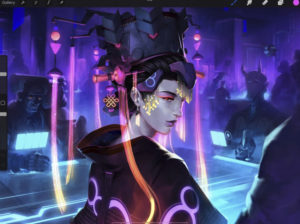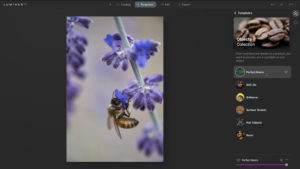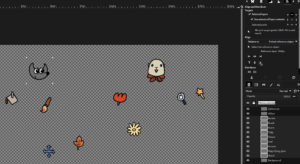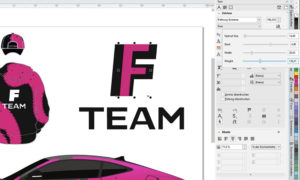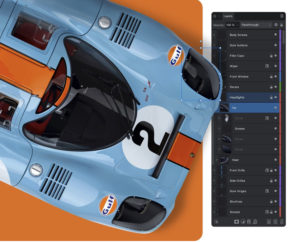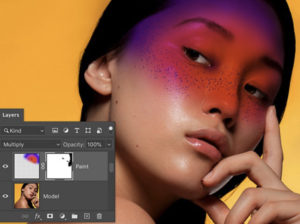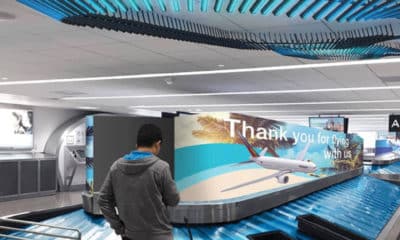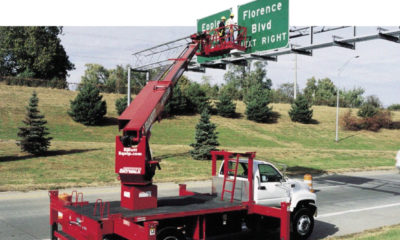TODAY’S DIGITAL PRINTERS allow you to design virtually anything and print it to adhesive white vinyl or, if you have a UV printer, directly to the object you want to enhance. In essence, they can handle just about any design that you can throw at them. So, how do you make those fantastic graphics?
If you use a sign design package that supports digital printing, it will provide you with basic tools to manipulate lines, polygons, circles and more — and probably some tools for editing photographic images. Don’t get us wrong; we have seen some fantastic graphics created with sign design packages. However, the drawing and editing tools can be rudimentary, which can mean that you will spend significantly more time editing artwork and designs than you would if you use dedicated drawing and photo programs. Adobe Photoshop, for example, has been used to manipulate so many images that the term “Photoshopped” is a fixture of our lexicon today.
Now the question becomes “what is the difference between a photo-manipulation application versus a drawing program?” Photo-editing software is fairly self explanatory. You begin with a photo taken with a phone or other digital camera as the starting point. From there you can manipulate it to taste. Why would you need this capability? Some photos may be too dark or light. This is usually a one-click fix. Your customer may want to change the color of an object in the photo, such as a car, from red to blue. Again, fairly easily done with a dedicated photo editor. Depending on the package, it’s a breeze to isolate elements either to remove them or compose them on a different background using layers and masks. In most cases, these packages will run rings around sign design software.
Advertisement
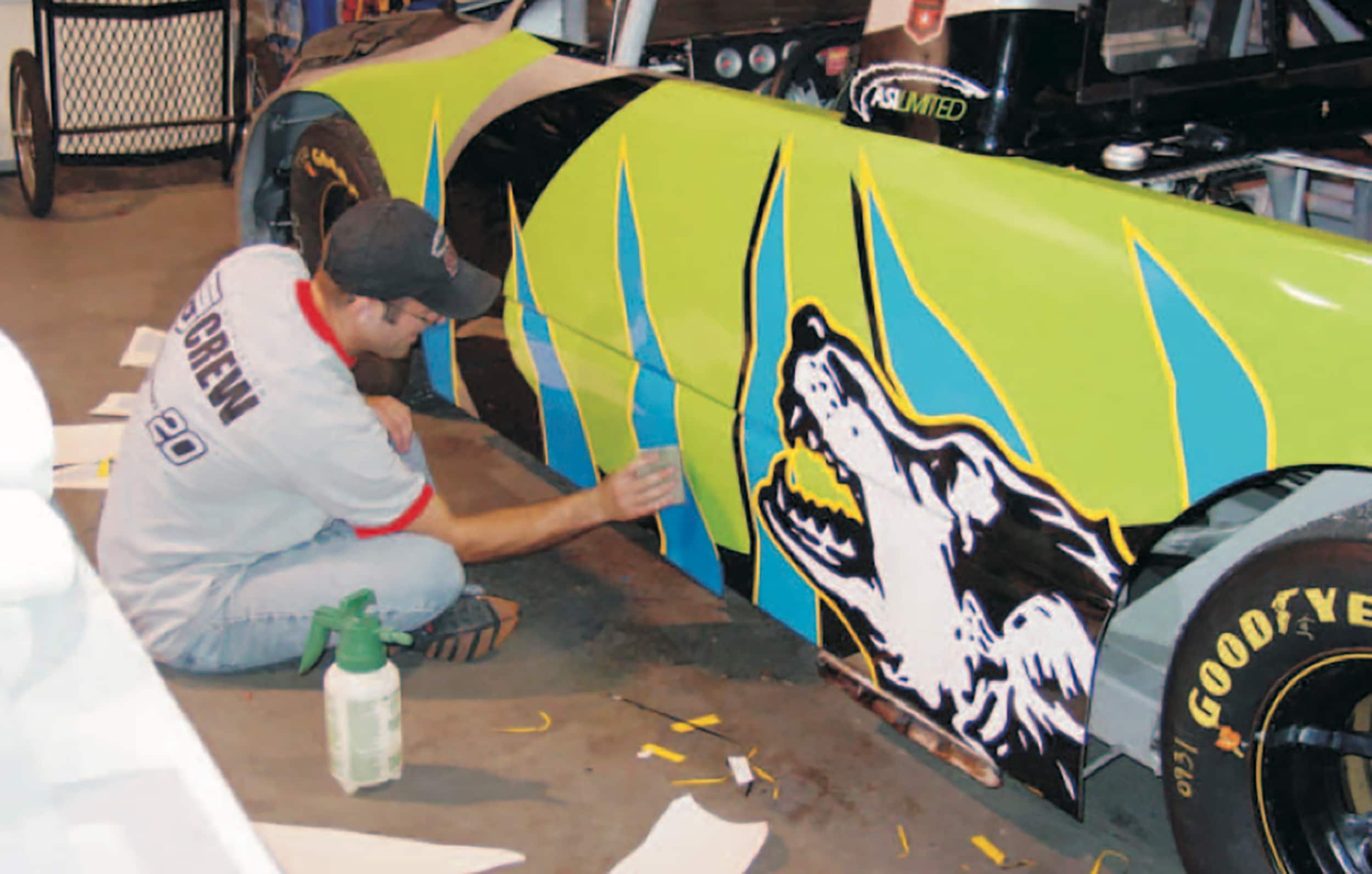
Layouts such as vehicle wraps are much easier to start in an image-based design application, and then export to sign design and manufacturing software.
Why would you consider a drawing package? Photo editors rely on a digital photo as a beginning point and you edit from there. Drawing packages start from a blank canvas and rely on your contracted design house or your in-house designer’s artistic ability. So, what does this buy you? Well, maybe a customer wants a caricature or cartoon version of people or objects. This can easily be drawn by a skilled artist. Paint tools allow for a wide variety of colors and shading. When combined with a digital drawing pad and pen, the possibilities can be endless. Drawing packages also use shapes and poly lines that create artwork similar to a sign design package. Typically, way more tools, and in some cases the artwork, can be used directly with a vinyl cutter as well.
So, if this makes sense for your shop, how much is this going to set you back? Like anything, the answer varies. Some open-source applications are actually free. Some companies primarily offer subscriptions that will run you anywhere from $20 to $55 per month, depending upon options. Direct purchasing can run from $20 up to $400 with the higher prices typically consisting of a bundle of drawing and photo-editing software. Another option if your shop uses tablets is to go the app route. You can get high-end drawing and photo-editing applications for less than $20 or subscriptions for a few dollars a month. It could be a good way to test the waters.
Once you try these applications, you will probably be hooked. It’s fairly common to create drawings and edit photos, and then import them into your sign package for final output. Check them out and maybe talk to your in-house designers, as they may already be skilled in a specific package.
PHOTO GALLERY (6 IMAGES)
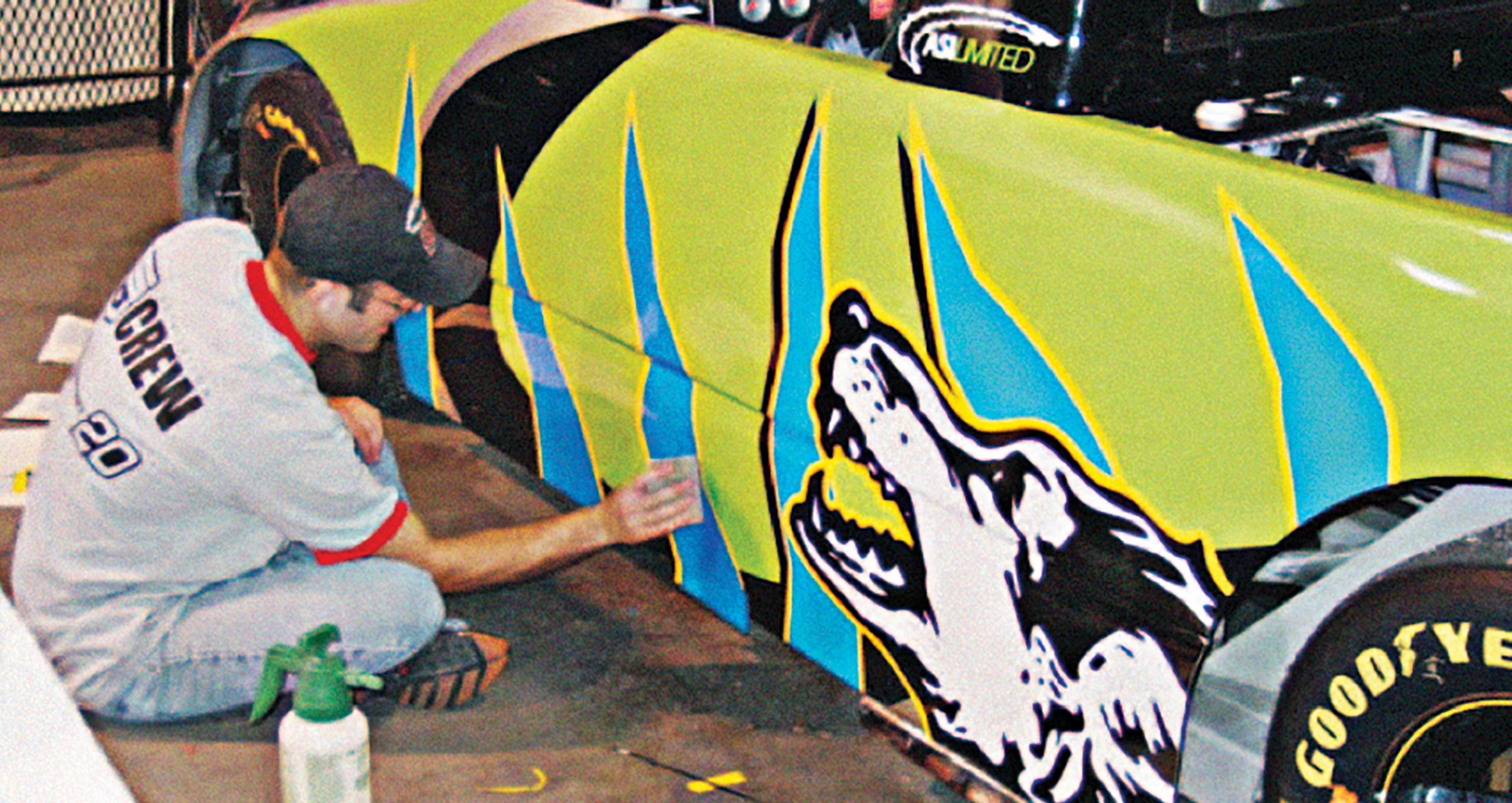

 Tip Sheet3 days ago
Tip Sheet3 days ago
 Business Management1 week ago
Business Management1 week ago
 Women in Signs2 weeks ago
Women in Signs2 weeks ago
 Real Deal4 days ago
Real Deal4 days ago
 Editor's Note1 week ago
Editor's Note1 week ago
 Line Time2 weeks ago
Line Time2 weeks ago
 Product Buying + Technology1 week ago
Product Buying + Technology1 week ago
 Women in Signs4 days ago
Women in Signs4 days ago

